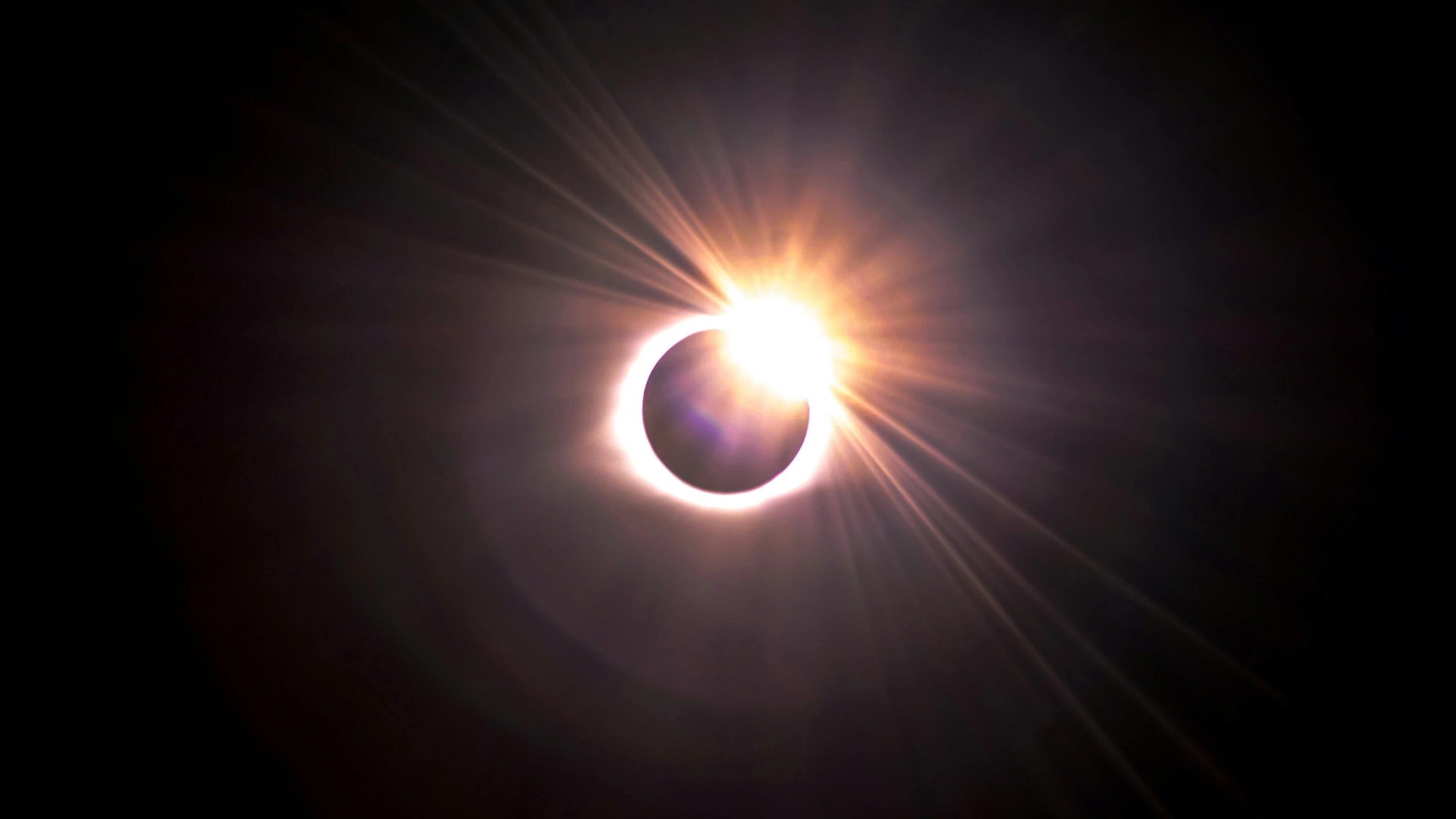
Image by Justin Dickey, from Unsplash
Surya AI Offers Early Warnings Of Solar Storms
NASA collaborated with IBM to produce Surya, their new open-source AI system for predicting solar activity.
In a rush? Here are the quick facts:
- Surya is trained on 250 TB of NASA solar observatory images.
- The model predicts solar flares up to two hours in advance.
- Solar storms can damage satellites, power grids, and radio communications.
MIT Tech Review explains that Surya is trained on more than a decade of NASA solar data, and aims to give scientists early warnings of solar flares that may disrupt life on Earth.
MIT explains that solar storms happen when the sun bursts out energy and particles into space. These storms produce solar flares and coronal mass ejections as energy and particles escape from the sun.
Solar storms can cause major problems: they disrupt radio signals, damage satellites, expose astronauts to radiation, and potentially trigger power grid failures on Earth.
Being able to predict when a flare will strike has always been a challenge. As Louise Harra, an astrophysicist at ETH Zurich, explains, “when it erupts is always the sticking point,” as reported by MIT.
Harra says scientists can often tell from images if a flare is likely soon, but predicting the timing and strength is much harder. The magnitude of solar flares determines the extent of their impact: small flares may disrupt radios every few weeks, while massive solar superstorms could destroy satellites and shut down electricity worldwide.
Surya was trained on over 250 terabytes of images from NASA’s Solar Dynamics Observatory. In early tests, it predicted some solar flares up to two hours in advance. “It can predict the solar flare’s shape, the position in the sun, the intensity,” says Juan Bernabe-Moreno, the IBM AI researcher who led the project. That’s about twice the warning time current methods provide.
Harra notes, “It’s just those tiny destabilizations that we know happen, but we don’t know when.” The hope is that Surya can spot these patterns faster than humans can.
Bernabe-Moreno adds that Surya could also help uncover links between solar weather and Earth weather. “Understanding the sun is a proxy for understanding many other stars,” he says. “We look at the sun as a laboratory.”


 Previous Story
Previous Story

 Latest articles
Latest articles 